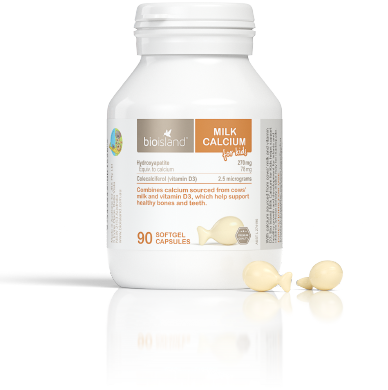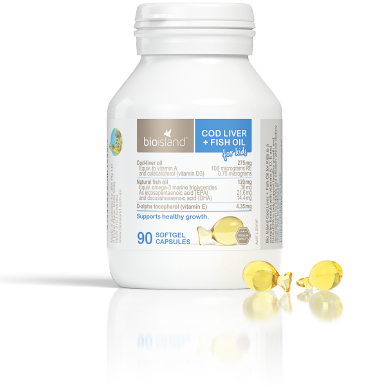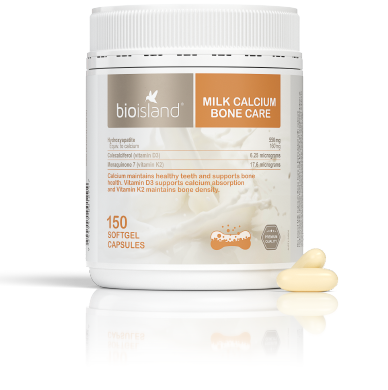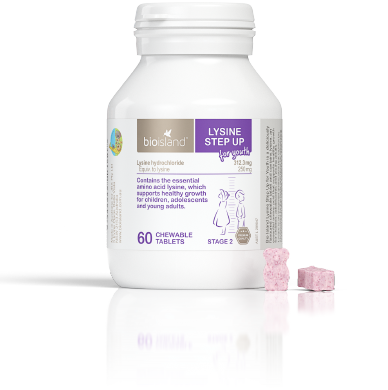
What is the difference between vitamin D2 & vitamin D3?
Vitamin D occurs in two forms, Vitamin D2 (or ergocalciferol) and Vitamin D3 (or cholecalciferol).
By Bio Island Nutrition Team
Vitamin D occurs in two forms, Vitamin D2 (or ergocalciferol) and Vitamin D3 (or cholecalciferol). These two forms different depending on their food sources with vitamin D3 found in animal sources and Vitamin D2 come from plant sources and fortified foods.
Vitamin D3 (or cholecalciferol) is the recommended form as this is the natural form of vitamin D that your body produces from sunlight. This occurs when the ultraviolet energy in sunlight reacts to a form of cholesterol in our skin to trigger vitamin D synthesis. Vitamin D then then goes to the liver and kidney to be metabolised for further conversion before producing an active form of vitamin D. Vitamin D3 can also be found in a limited range of foods, however it is practically impossible to obtain enough vitamin D from food sources alone. Vitamin D3 is commonly found in cod liver oil, egg yolks and oily fish such as herring, salmon or mackerel.
Vitamin D2 (or ergocalciferol) on the other hand is generally human-made and added to foods. Sources of vitamin D2 include mushrooms (grown under UV light). As vitamin D2 Is cheaper to produce it is generally the most common form added to fortified foods such as bread.
Whilst both vitamin D2 and D3 are effectively absorbed into the bloodstream, they are metabolised by the liver differently. Vitamin D3 tends to be more effective in in raising vitamin D status when blood levels are measured.




